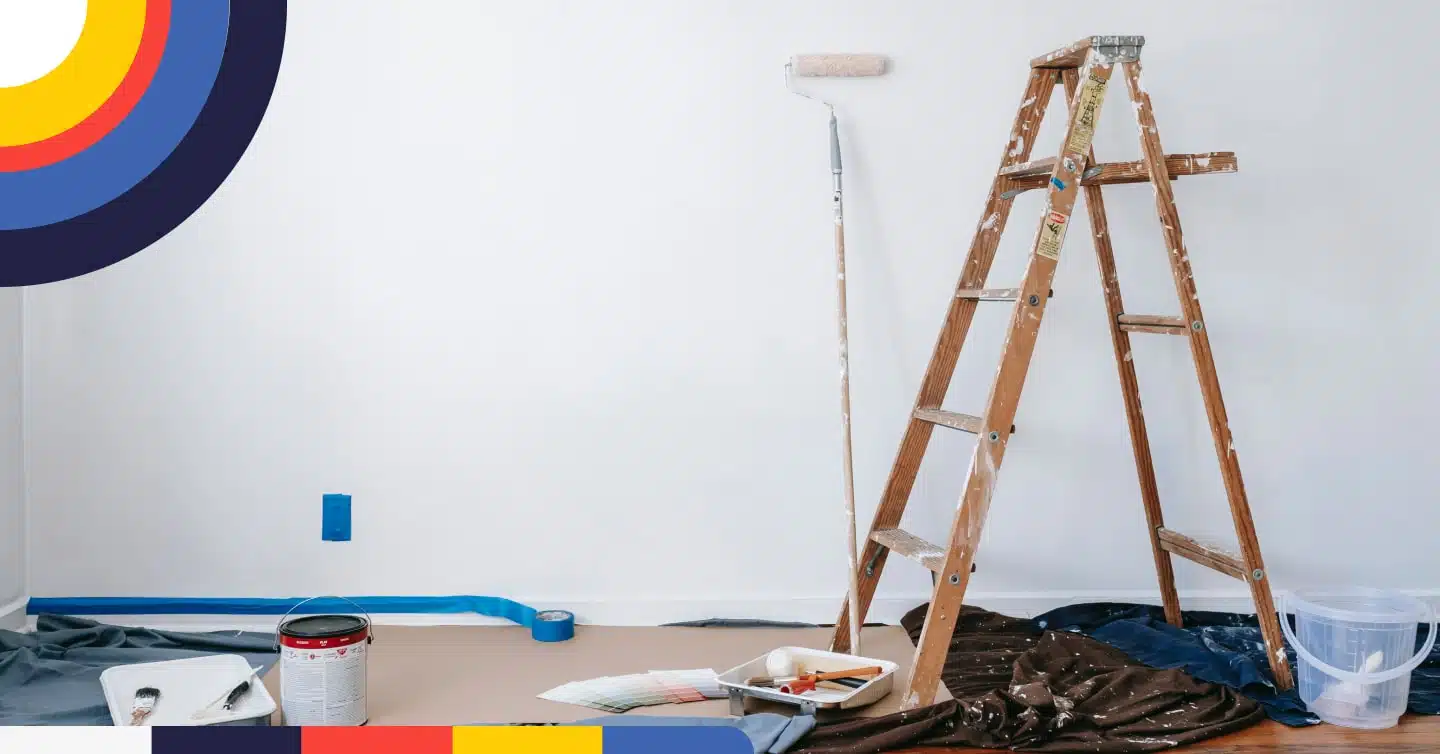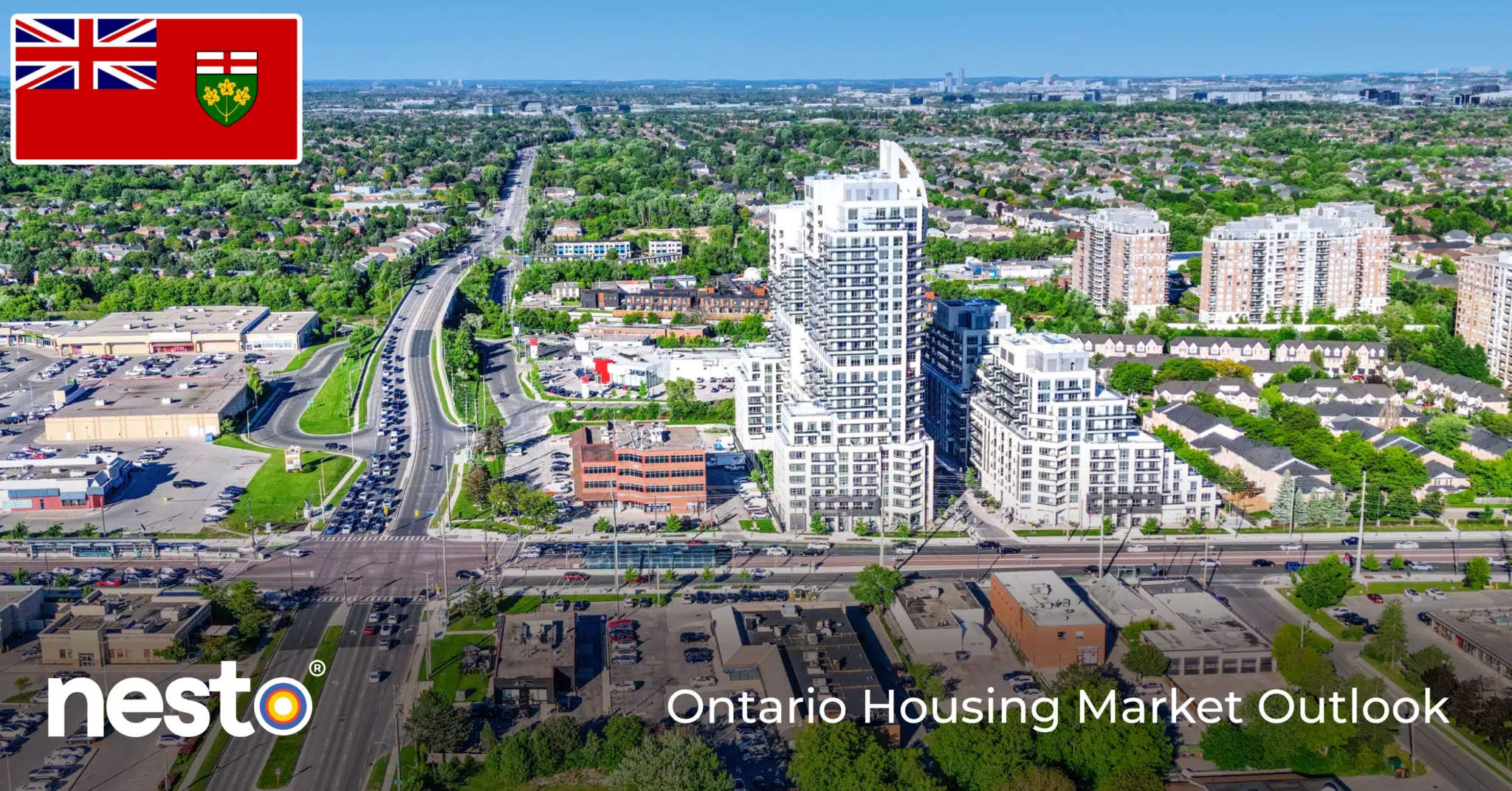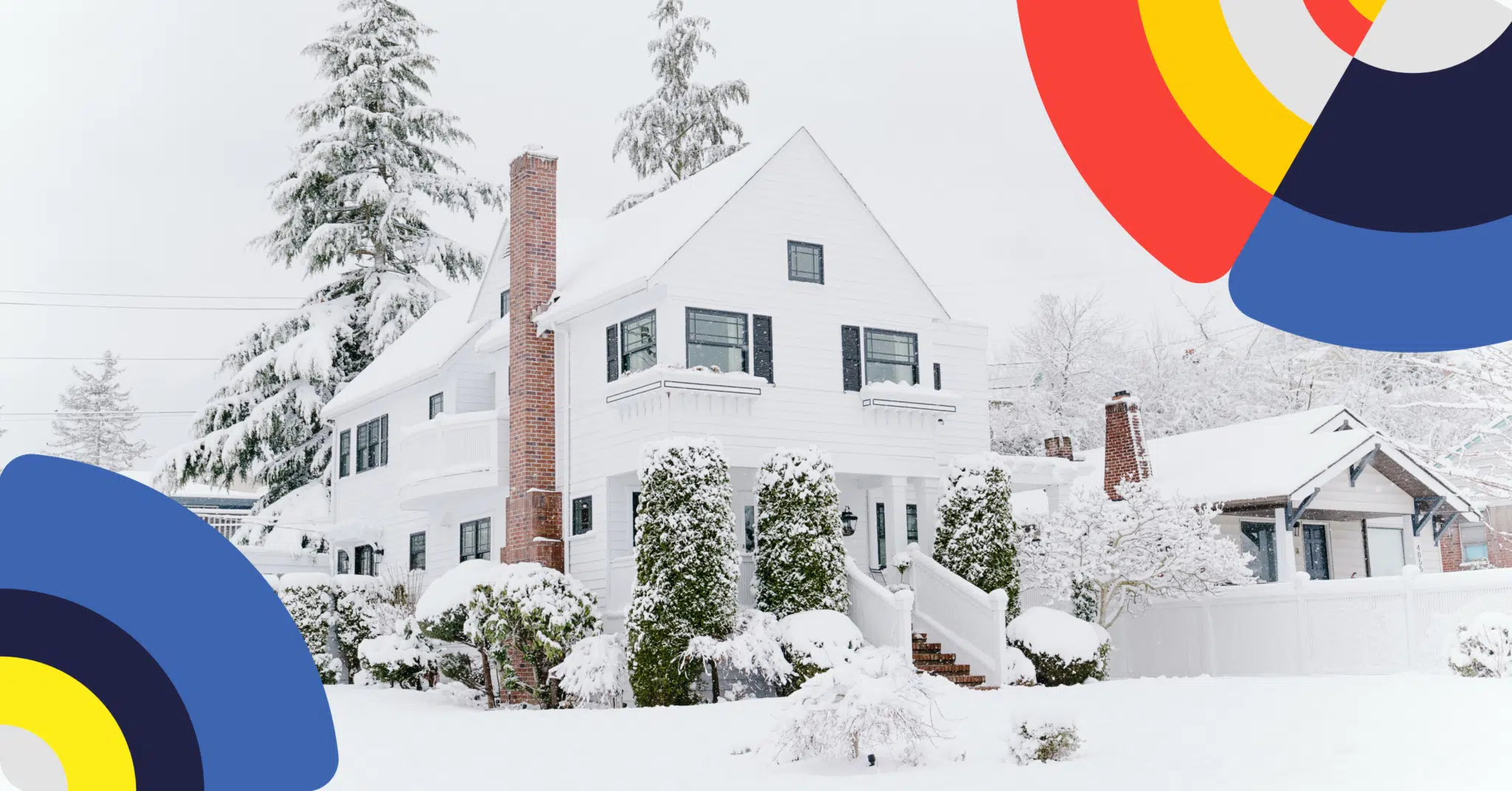Upgrades That Can Shrink Your Home Insurance Costs

Reducing your home insurance premium might be easier than you think. Whether you’re renovating, upgrading systems, or investing in smart technology, some improvements can enhance your property’s safety and reduce your home insurance costs.
In Canada, insurance providers often offer discounts for risk-reducing upgrades that lower the chances of fire, water damage, theft, or liability. Some simple home upgrades can help reduce your premium while also protecting your investment for the long term.
Key Takeaways
- Some home upgrades can help you lower insurance premiums and reduce long-term repair costs.
- Documenting every upgrade with receipts, permits, and inspection reports for your insurance provider.
- Even modest insurance savings can be reinvested toward maintenance, emergency funds, or faster mortgage repayment.
Why Home Insurance Rates Vary So Much in Canada
Home insurance premiums are based on many variables, including the age of your home, construction materials, postal code, proximity to fire services, and your personal claims history. For example, older homes with outdated electrical or plumbing systems are riskier to insure, resulting in higher insurance premiums, while newer or recently upgraded homes may qualify for premium discounts.
Regional weather patterns where your home is located, such as flood-prone areas or locations with higher wildfire risk, also play a significant role in determining rates. According to the Insurance Bureau of Canada, weather-related events in 2024 resulted in losses exceeding $8.5 billion, placing significant pressure on home insurance premiums.
As a result, many Canadian homeowners are experiencing rising insurance premiums, particularly in areas with higher weather-related risks. But the good news is that insurers will often reduce premiums for homeowners who take proactive steps to lower their property’s risk profile. These can include physical upgrades, security systems, and even maintenance.
Home Upgrades That Can Lower Your Insurance Premium
Some home improvements have a direct impact on your home’s risk level and can result in reduced premiums, while others may increase your rates or not affect them at all. Certain upgrades to your home that increase its value may result in higher insurance premiums to cover the increase in replacement costs if you were to make a claim.
To make your upgrades count, it’s helpful to understand what insurers specifically look for: reduced risk and exposure to events such as water damage, fire, theft, and natural disasters. It’s essential to consult with your insurance provider to determine which specific home upgrades or improvements they recognize and offer discounts for under your policy.
New Roof
Your roof is your home’s first line of defence against the elements. A damaged or aging roof can increase the risk of water leaks, structural damage, and even mould. Since your insurance premiums are based on risk, replacing an old or damaged roof can lower your risk profile and potentially result in lower insurance rates.
The roof can also affect your home’s overall insurability. Some insurers may decline coverage for homes with roofs that are over a certain age or in need of significant repairs. Having a newer roof is one of the most cost-effective ways to reduce insurance and maintenance costs.
Sump Pump and Water Sensors
With climate-related flooding on the rise, many homes now feature sump pumps in their basements. But a basic sump pump isn’t always enough. Installing a backup battery-powered sump pump ensures continued operation during power outages, which often accompany heavy storms.
Water damage is one of the most expensive and disruptive insurance claims. Having water sensors, which detect leaks early and alert homeowners via smartphone or alarm systems, and a water shut-off system that can automatically shut off your main water supply when a leak is detected, can potentially help you save on insurance premiums.
Security System or Smart Home Monitoring
Theft and break-ins can result in costly claims. Installing a professionally monitored security system, or even smart home devices like video doorbells, motion detectors, or window sensors, can make your home less of a target for potential intruders.
Many insurers offer discounts for certain smart monitoring systems, and some may even provide additional discounts for homes equipped with additional security features, such as smoke detectors connected to their smart home system.
Fire Safety Upgrades
Homes with upgraded fire protection systems are less likely to experience significant damage in the event of a fire, reducing risk and potentially lowering insurance premiums. These systems can include smoke and heat detectors, fire extinguishers on every floor, and automatic sprinkler systems that activate quickly to contain a blaze before it spreads.
These improvements not only protect your family but also provide more time for emergency services to respond. Having fire safety upgrades in place not only provides peace of mind but can potentially result in insurance savings.
Wiring and Electrical Panel Upgrades
Old electrical wiring poses a significant risk. Homes with knob-and-tube or aluminum wiring are often considered fire hazards and may require additional inspections, as well as separate insurance coverage. Homes with older systems may face higher insurance premiums, limited coverage, or even be declined coverage until upgrades are made.
By replacing outdated wiring with modern wiring and upgrading your electrical panel, you can improve safety, lower your home’s risk, and potentially reduce your insurance premiums. If your home hasn’t had an electrical inspection, consider this a high-priority upgrade for both safety and savings.
Plumbing and Water Line Replacement
Just like old wiring, older plumbing systems can increase the risk of burst pipes and water damage. Galvanized steel and lead pipes are particularly concerning to insurers. Replacing these with copper or plastic piping not only protects your home’s long-term value but can potentially lead to lower insurance rates. Updated plumbing reduces the chance of leaks, which are one of the most common (and costly) types of home insurance claims.
Windstorm or Wildfire-Resistant Materials
Depending on where you live in Canada, natural disaster resilience matters. In provinces like British Columbia or Alberta, using wildfire-resistant building materials (such as non-combustible siding, tempered glass, or metal roofing) may make your home safer and potentially reduce your insurance premium.
Similarly, storm shutters or impact-resistant windows can lower the risk in areas prone to high winds or hail. While these materials may have a higher upfront cost, they can be recouped over time through lower premiums and fewer repair needs.
Should I Let My Insurance Provider Know About Home Upgrades?
Before you start upgrading your home, be sure to notify your insurance company of your plans. Depending on the scope of your upgrades, you may need to add coverage during the period your home is under renovation. Always notify your insurer of your plans before beginning to determine if your current coverage will be sufficient during your planned upgrades or renovations.
Your insurance provider will also need to be informed about any upgrades and the associated costs to determine if you need to adjust your coverage once the renovations are complete. Home upgrades, especially bathrooms and kitchens, typically increase the value of your home, which could impact your insurance premiums and the amount of coverage your insurer provides in the event of a claim.
The Importance of Documentation
When it comes to insurance documentation matters. If you ever need to make a claim, it’s not enough to say you upgraded your home; you need to show it. Always keep detailed receipts, photos, inspection reports, and municipal permits (when applicable). Having proof of the costs involved in any upgrades you’ve completed could help you with replacement costs if you need to make a claim down the road.
Frequently Asked Questions (FAQ) About Home Improvements to Reduce Your Insurance Costs
Do I need to notify my insurance provider before making upgrades?
It’s best to notify your insurer before you begin upgrades. In most cases, your insurer may want to reassess your policy before you begin work. Your existing policy may not cover you while your home is undergoing improvements.
Additionally, some improvements may increase the replacement cost of your home, which in turn may lead to higher insurance premiums, while others may help you qualify for discounts.
Are smart home devices enough to get a discount on insurance?
In most cases, smart home devices can help you qualify for a discount on your home insurance. Insurers may offer discounts for items such as hardwired smoke alarms, water sensors, or camera systems, especially if they’re professionally monitored or integrated into a broader home security network.
Are there federal grants or programs available to help with home upgrades that reduce insurance costs?
While there are no insurance-specific grants, some federal programs, such as the Canada Greener Homes Initiative, can help with certain energy-efficient upgrades. If your home is CMHC-insured, you may be eligible for CMHC’s Eco Improvement, which provides a partial premium refund of 25% for energy-efficient renovations to a recently purchased home.
Some of the eligible upgrades under these programs, such as roof replacement or waterproofing, could also help lower your insurance premiums if your provider offers related discounts.
Final Thoughts
If you’re looking to save money and protect your home, making certain home upgrades is one of the smartest moves you can make. From roofing to plumbing to smart security, insurers are increasingly rewarding homeowners who take steps to lower risk and reduce the potential for claims. These improvements not only enhance your property’s safety and resilience but also provide peace of mind and long-term financial benefits.
Thinking about how your insurance and housing costs fit into your overall mortgage strategy? Contact nesto mortgage experts today to build a mortgage strategy that fits your lifestyle, protects your home, and keeps more money in your pocket.
Why Choose nesto
At nesto, our commission-free mortgage experts, certified in multiple provinces, provide exceptional advice and service that exceeds industry standards. Our mortgage experts are salaried employees who provide impartial guidance on mortgage options tailored to your needs and are evaluated based on client satisfaction and the quality of their advice. nesto aims to transform the mortgage industry by providing honest advice and competitive rates through a 100% digital, transparent, and seamless process.
nesto is on a mission to offer a positive, empowering and transparent property financing experience – simplified from start to finish.
Contact our licensed and knowledgeable mortgage experts to find your best mortgage rate in Canada.
Ready to get started?
In just a few clicks, you can see our current rates. Then apply for your mortgage online in minutes!



